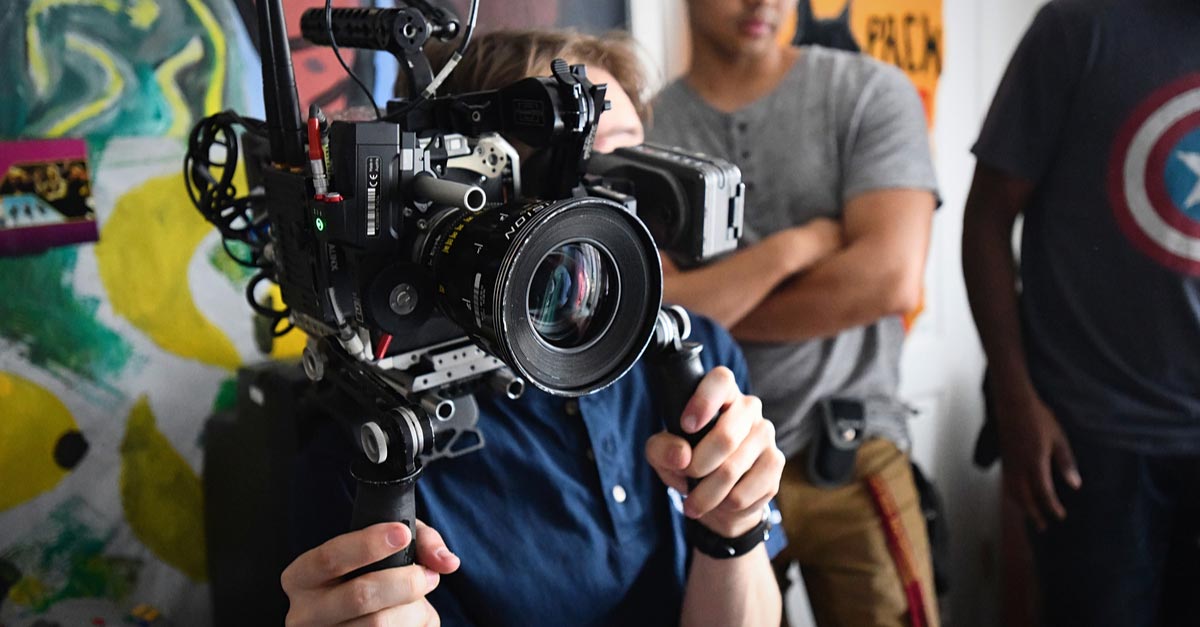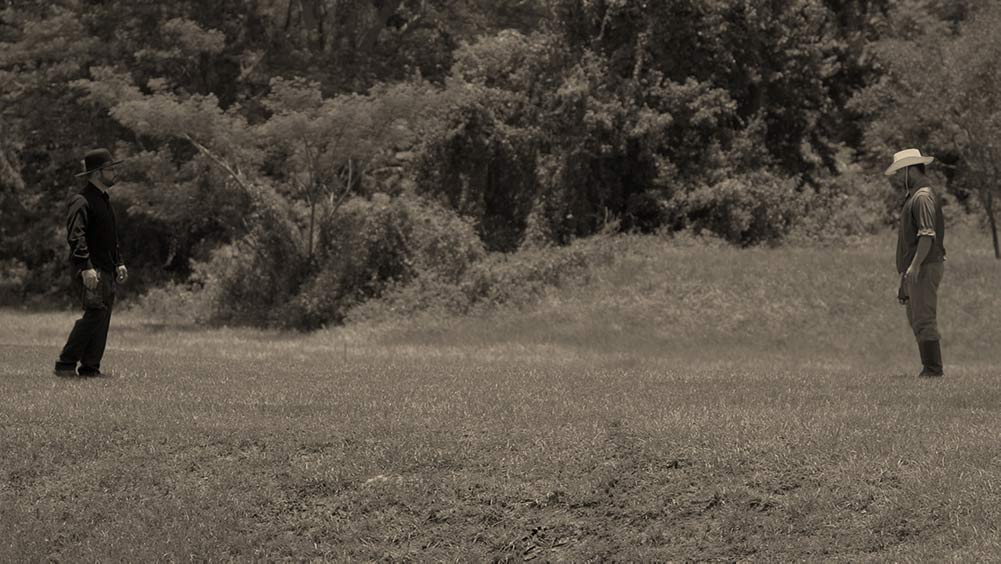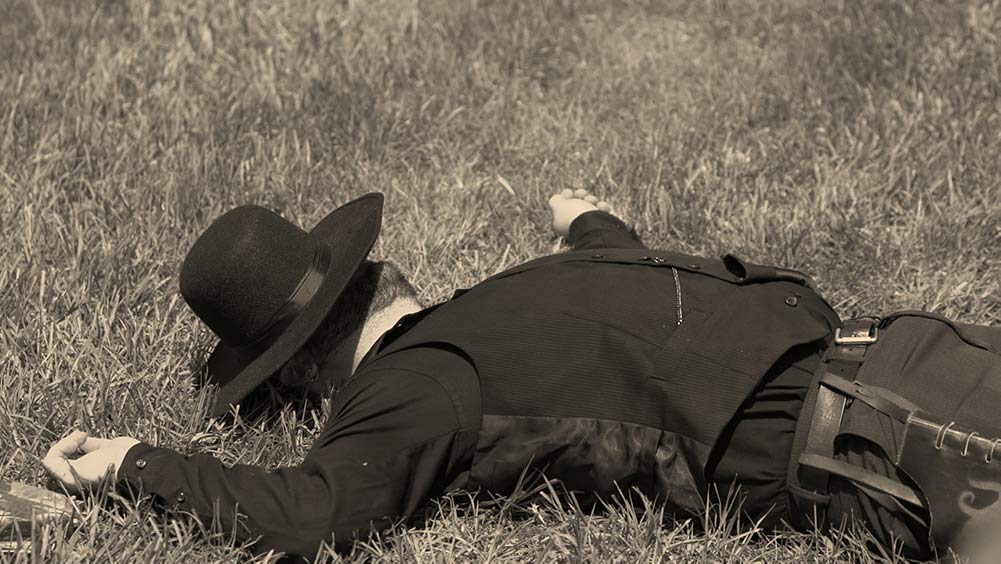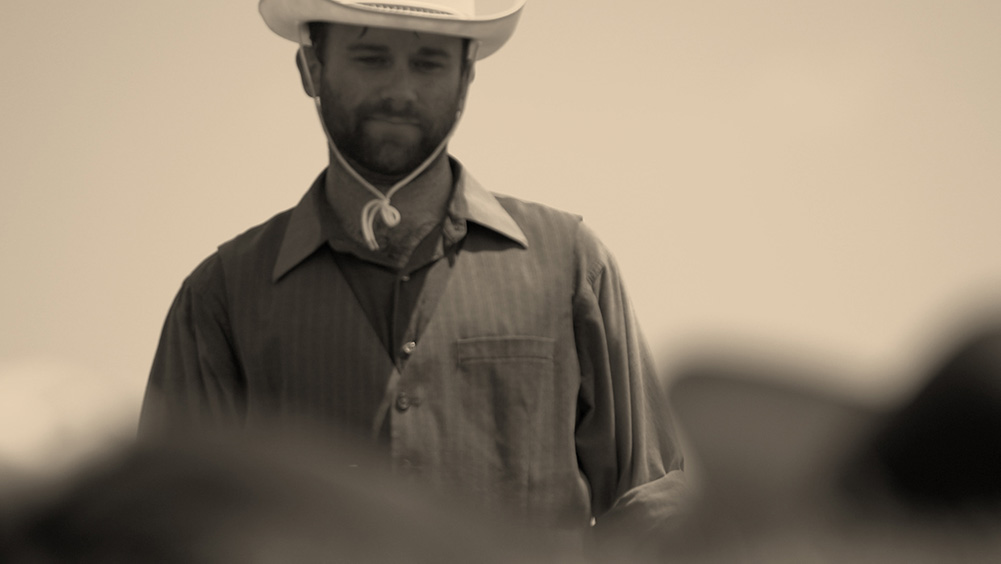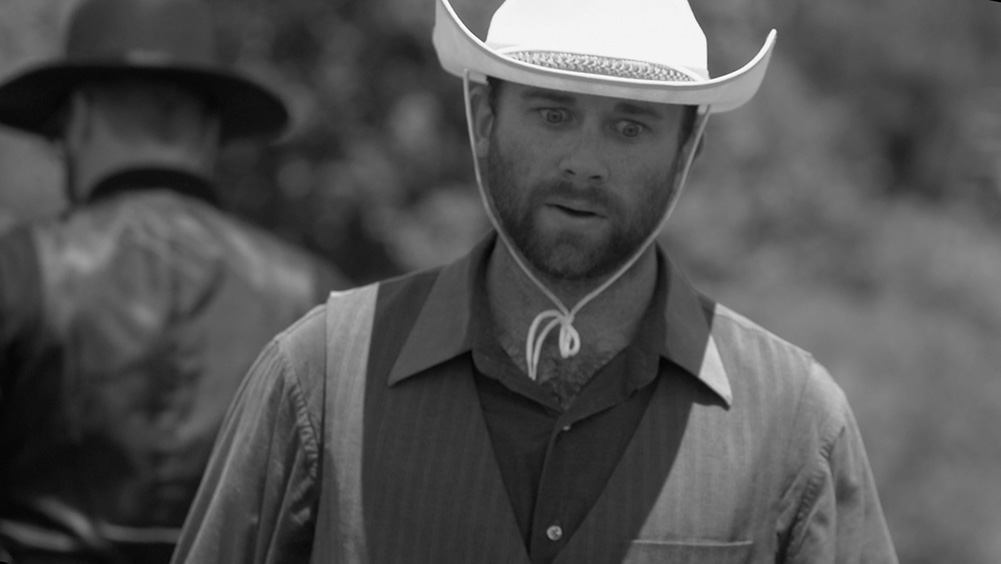The ability to effectively use camera angles is a powerful skill for any Filmmaker or Photographer to have in their arsenal.
This knowledge places the power in a filmmaker’s hands to portray feelings and tell stories without ever using words.
As an educator at Full Sail University, I teach within the Digital Cinematography Bachelor’s degree program. As part of the Composition and Visual Design, and Electronic Field Production courses, I discuss the following exercise with my students.
If you sit back and reflect on the films you have watched throughout your life, or even in the last week, you can place them on mute and still have a general understanding of the feeling on screen. You can tell if something eerie is approaching, power dynamics and so much more–all through the camera angles alone.
To begin embracing the power of camera angles, I recommend that filmmakers at the beginner level focus on learning four, which I will cover throughout the article:
- Standard angle
- High angle
- Low angle
- Dutch angle
Every camera angle comes with its own ability to evoke feelings in its viewing audience, but a standard angle is the most common camera angle. Does that mean it’s the best camera angle? Well, not all the time – because the “best” camera angle is simply the angle that at a particular moment in a film is the best one for telling that part of the story.
What makes a standard camera angle special is that it allows the viewer to decide how they feel about a character or what that character is saying without the unknowing influence of camera positioning.
A standard camera angle is neutral and eye level with characters. It should be used when you want to give your viewers the freedom to decide how they feel about the content and characters displayed on the screen.
A good example of when a standard camera angle is used is in documentaries. When filming a documentary, delivering accurate information and anecdotes is the primary focus so viewers can form their own opinion about the subject matter.
A high angle speaks volumes about the power dynamics in a film. When a subject matter is shown from a high camera angle, it makes them appear weak or less powerful than if other camera angles are utilized.
Positioning the camera above a subject matter’s line of vision has the ability to manipulate viewers’ perception of a character. It can show a chain of actual power dynamics or perceived power dynamics by characters.
Low camera angles do the opposite of a high angle. They are placed below a character’s line of vision. This particular camera angle gives viewers the automatic impression that the character on screen is more powerful. I like to remind my students that camera angles play a large role in how a subject matter is portrayed.
A Dutch angle is oftentimes used in suspense or scary movies to create an uneasy feeling among those watching. To create a dutch angle, the horizon is tilted. This shift in a camera angle is very subtle and difficult for the untrained eye to see–all viewers will know is that something is about to be eerie in your film.
Like I tell my Full Sail students, it is important to be versatile in the film industry. In our film and cinematography degree programs, we cover various skills, technologies, techniques, and roles on a professional film set. One of the things I encourage my students to embrace as they learn about the different angles, rules, frames, and technique is the power of still shots.
Although as a beginner, the correlation between filming and still shooting may not seem apparent, still shots allow filmmakers to focus on perfecting one frame at a time. In a film, each second contains 24 different frames. At any given moment, as you become more fluent with the camera, you should be able to take any frame out, and it still looks good even when not in motion.
The world of film is so vast, and the proper usage of camera angles is something every filmmaker should learn to execute and appreciate.
